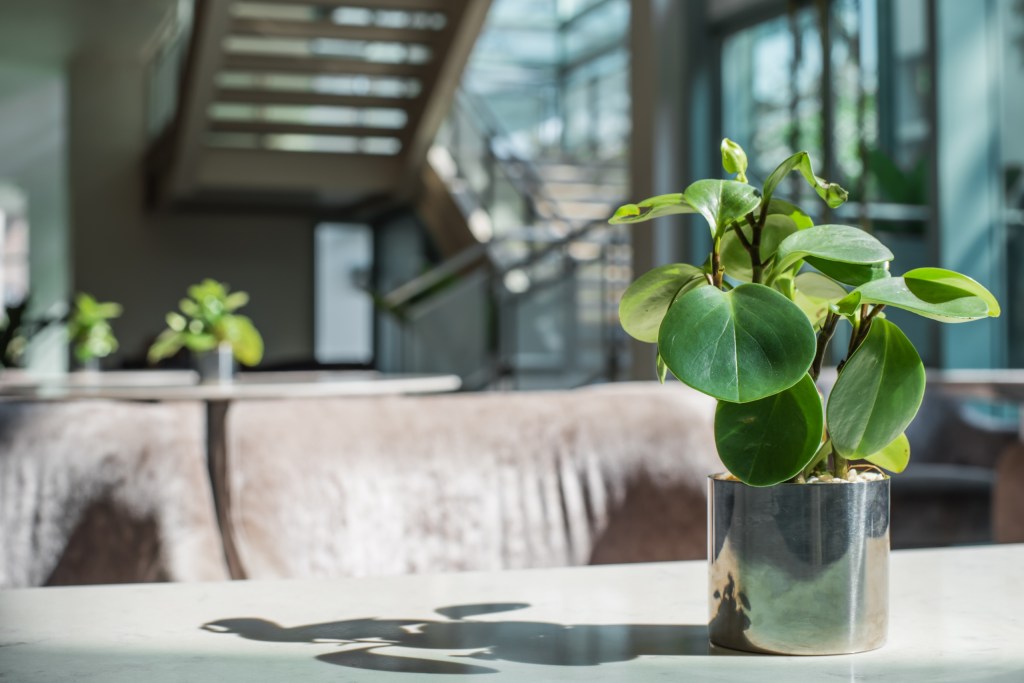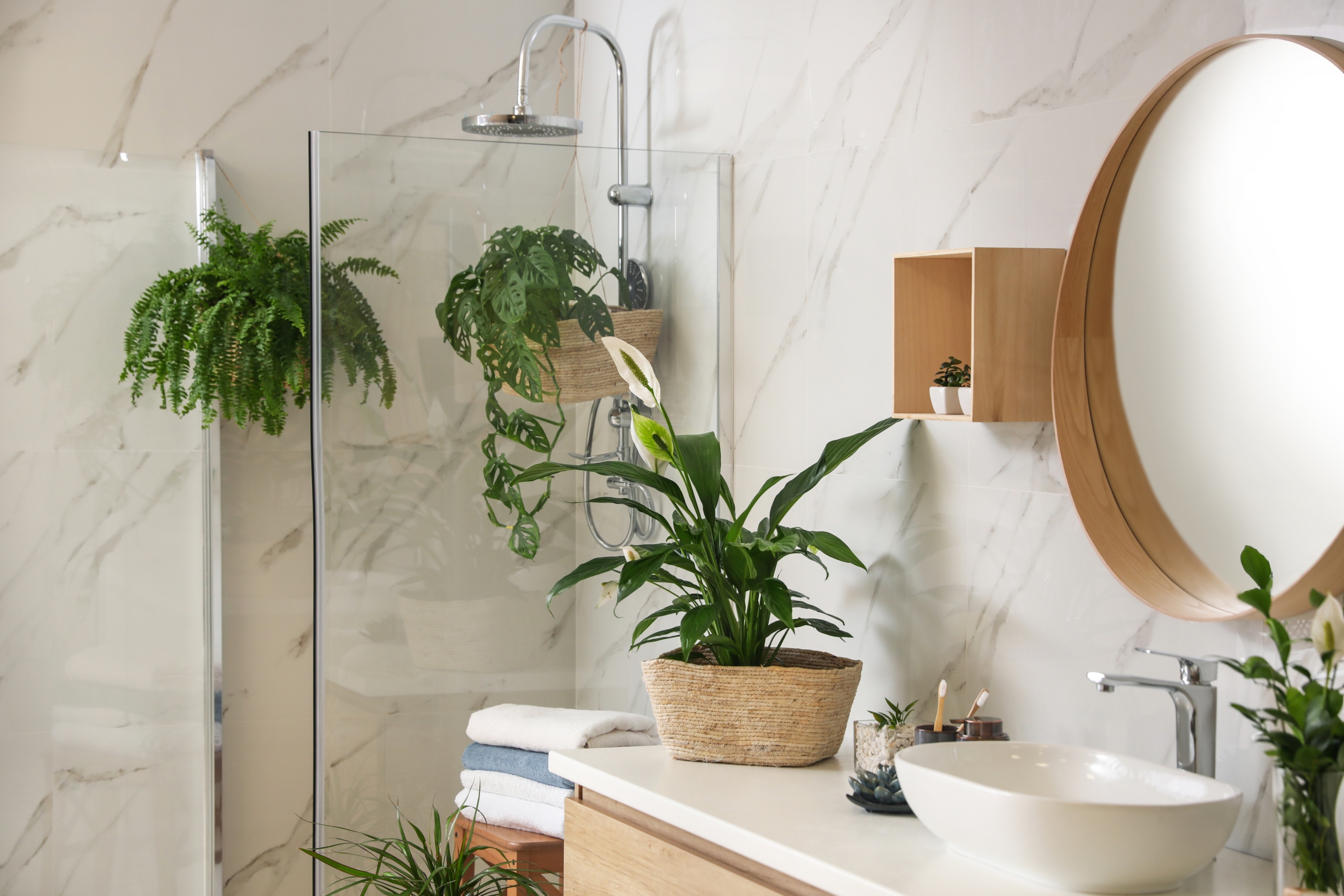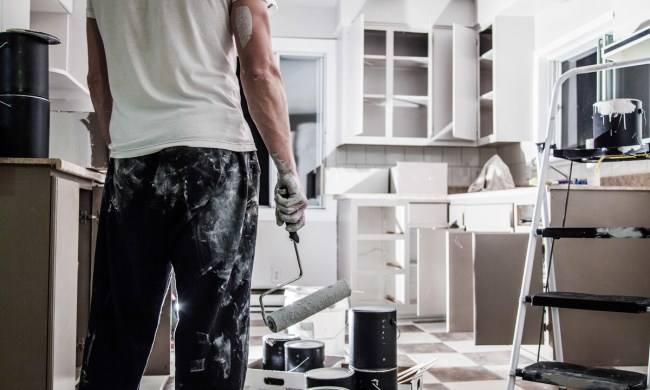When it comes to indoor apartment gardening, you may be wondering how you can use plants to decorate every room of your apartment without taking up too much space. Apartments are small, meaning that you need to be strategic about your plant placement if you want to have room for recreation.
Additionally, many apartment dwellers find themselves facing a common problem because all of their plants grow better at one specific window. Suddenly, they’re left with one designated corner filled with plants while the rest of the apartment is barren.
Thankfully, there are several tips to help guide you towards mastering the art of plant decor in your space.
Maximize space by your windows
Most plants thrive near windows due to the direct sunlight. Plants requiring a high amount of light will favor south-facing windows, which receive an abundance of sunlight all year long thanks to the sun’s arc across the sky. If you have only one south-facing window or receive little light, you may find that this corner becomes an overcrowded jungle of plants striving to soak up those golden rays.
Create a space that doesn’t look crowded—use shelving to create multiple levels for your plants to rest upon. Install a windowsill shelf that allows you to take full advantage of the space. Alternatively, you can opt for a few nearby hanging plants or taller standing pots to enable the plant to access the light without being on the windowsill. You can even use a nearby side table or stair step organizers to maximize the space you have so that every plant can soak up the sunlight.

Opt for low light plants
To decorate each room of your apartment with plants, you’ll likely need to invest in a few low-light plants. These plants are a bit harder to come across and often require different watering strategies than the typical high-light plant.
However, the great thing about low-light plants is that they are often incredibly easy to care for. Additionally, they don’t need to be near a window to thrive, making them a perfect addition to any apartment with limited natural light.
A few low-light plants that are perfect for apartments are:
- Pothos
- Snake plant
- Spider plant
- Chinese Evergreen
- ZZ plant
- Nerve plant
Hang plants from the ceiling
This suggestion may not work for everyone depending on the agreed terms of your lease. If you can insert hooks in the ceiling, you have the opportunity to hang plants in your apartment to maximize space near windows and sources of natural light.
Hanging plants also offer variety and can transform a space, making it appear more visually appealing and interesting. If inserting a hook in your ceiling is out of the question, you can also opt for a command strip or similar alternative. This is a bit riskier, and you won’t be able to place a heavy pot up there, but it is an option.
Additionally, you can keep the store-bought plastic hangers or purchase a plastic hanging container from the store and hang lightweight plants from curtain rods. Like the command hook strategy, you want to maintain as little weight as possible to prevent accidents.

Plants that love moisture will favor your bathroom
If you favor tropical plants or plants that require frequent watering or misting, you might find that the bathroom can be the perfect house for these moisture lovers. Thanks to warm showers, bathrooms often pack a lot of humidity, allowing certain plants to thrive.
Aloe vera, jade plants, and other succulents also do well in bathrooms. This has less to do with the humidity and more to do with the indirect light. Many bathrooms have smaller windows that receive indirect or filtered light (depending on the type of glass). Many succulents favor this environment, making the bathroom a perfect place for them.
Don’t be afraid to experiment with plant pots
One of the best ways to decorate your apartment with plants is to experiment with different types of pots. Take advantage of different colors, shapes, sizes, and styles. Use hanging containers, standing containers, and large pots for plants of various sizes. The pots can represent your style and reflect the tone of each room. You can use porcelain, clay, plastic, or glass containers to change up the aesthetic of your home. Just remember to make sure that whatever you choose has proper drainage for your specific plant so that your plant doesn’t drown and your pot doesn’t overflow on watering day.
If you want to experiment more, you can shop at a local thrift store for old bowls, pots, jars, and other containers to change up the appearance of your pots. Additionally, you can recycle old bottles and tin cans to add more variety to your home.
Decorating your apartment with plants is a fun and simple thing to do. The important idea is to keep an open mind and experiment with different aesthetics until you find one you like. Change up the pots, the positioning, and the shelving to create a welcoming and beautiful space.
If you’re struggling to decide which plants work in your spaces, remember: east and north-facing windows are best for low-light plants, and south and west-facing windows are best for plants that require a lot of light. You should always do your research regarding your particular plant to ensure you provide it with the best environment for growth. Once you know how to care for it, the rest of the decorating is entirely up to you, so have fun with it!



